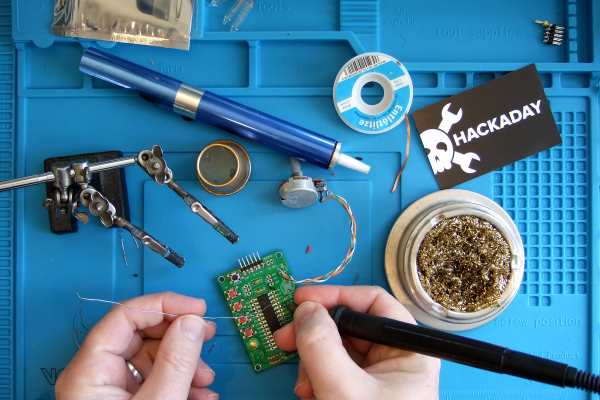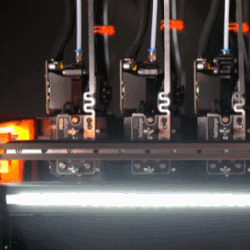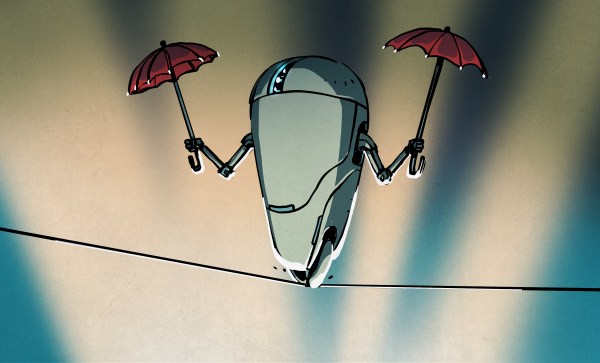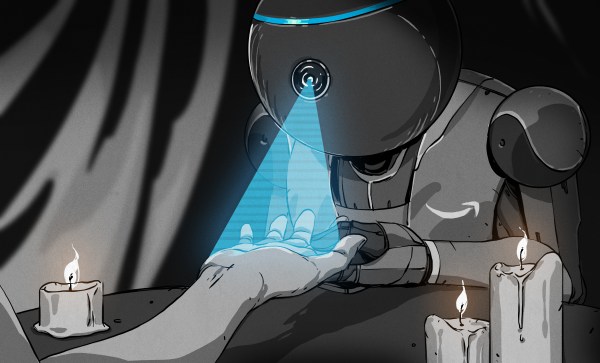So we’re two plus years into the pandemic at this point. Are you still working from home in the most comfortable clothes ever sewn? We figure that of the lot of you who said goodbye to that drab, tiled carpet in 2020, most have probably heard rumblings about returning to the office. And probably a good portion have at least been forced into a hybrid schedule.
Lots of companies would love to see their employees once again milling about all those glass and steel observation tanks office buildings they pay so much for. And while some are likely just forcing employees to come back, others are offering incentives, such as Google. The tech giant recently partnered with electric scooter manufacturer Unagi to provide a “Ride Scoot” program designed to lure many of Google’s US-based employees back to those brightly-colored code playgrounds they call offices with a fun mode of private transportation. The plan is to offer a full reimbursement of the monthly subscription fee for Unagi’s Model One folding scooter, which retails for $990.
The subscription is normally $49 a month plus a one-time $50 sign-up fee, but this amount will be slightly discounted (and waived) for eligible Google employees. There is one caveat to the system: an employee must use the scooter for a minimum of nine commutes to the office per month, although Google says they’re gonna be a bro about it and use the honor system.
Continue reading “Ask Hackaday: Would A Scooter Get You Back To The Office?”


















